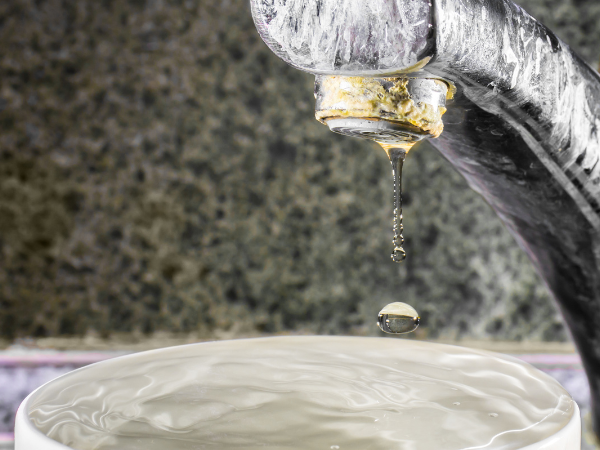Watts Water Filter

The Best Watts Water Filter
The United States Navy was the first to create reverse osmosis, a cutting-edge method of water filtration, to supply submarine sailors with potable water sourced from salt water. This method of membrane filtration works by pressurizing water to push it through the membrane's precise holes. These days, home reverse osmosis systems use membrane technology, carbon filtration, and mechanical filtration to provide water that is both extremely pure and tastes fantastic. The Watts water filter for reverse osmosis is one of the best filtration options available.
Water in modern units is pushed by standard city water pressure and passes through a sediment pre-filter to get rid of debris. Chlorine and its byproducts, as well as other organic pollutants, can be eliminated with a carbon pre-filter. The water then goes through a reverse osmosis membrane, which is an extremely thin, sheet-like filter that lets water through but blocks out dissolved solids and contaminants including sodium, lead, and arsenic. The membrane surface is cleaned with some of the incoming water, which then exits the unit via the sink tap. A small tank is used to store the cleansed water until it is needed. When the sink's faucet is turned on, water passes through a carbon filter for one last polish before it reaches the user.
While reverse osmosis systems and distillers both work to remove dissolved particles from water, the methods they use to do so are very different. In contrast to a distiller, which works by boiling water, capturing the steam, and condensing it into the water, reverse osmosis systems filter water via a very tight semi-permeable membrane. Carbon filtration is used extensively in both processes to remove chemicals. Chloramines can be effectively removed using reverse osmosis in conjunction with carbon filters. It is necessary to use carbon filtration on the water supply before it enters the distiller to prevent the release of volatile pollutants like chlorine into the air and the water itself. The Watts water filter will provide this filtration service at a very high level.
Like most other home appliances that use a supply of water, a home reverse osmosis unit requires water to clean itself and wash away contaminants. The pressure of the water is what drives the water through the membrane and flushes away the rejected solids, completing the purification process. The only time the reverse osmosis machine consumes water is during the filling process of its storage tank. Reduced output and faster membrane fouling from low water pressure are inherent results of this process.
The size of different reverse-osmosis systems varies substantially. Most may be stashed away in the cabinetry below the sink, though there is also a version that can be placed on the counter surface. Before buying a reverse osmosis system, make sure you have enough room for it under your sink or on the counter nearby. A tank is included in certain models of reverse osmosis systems, holding the water until it is ready to be dispensed into the sink. Be sure that you have the space available for a tank as well if your reverse osmosis system includes a tank. How much room you have in your kitchen will determine which option is best for you. Typically, a reverse osmosis system's capacity to purify water is expressed in terms of gallons. Select a size commensurate with your daily water needs.
Once you have a reverse osmosis system that is right for your household and you are looking for a water filter to compliment your device, consider investing in a Watts water filter to do the job. Visit our online store to find the best Watts filters and products at great prices.




